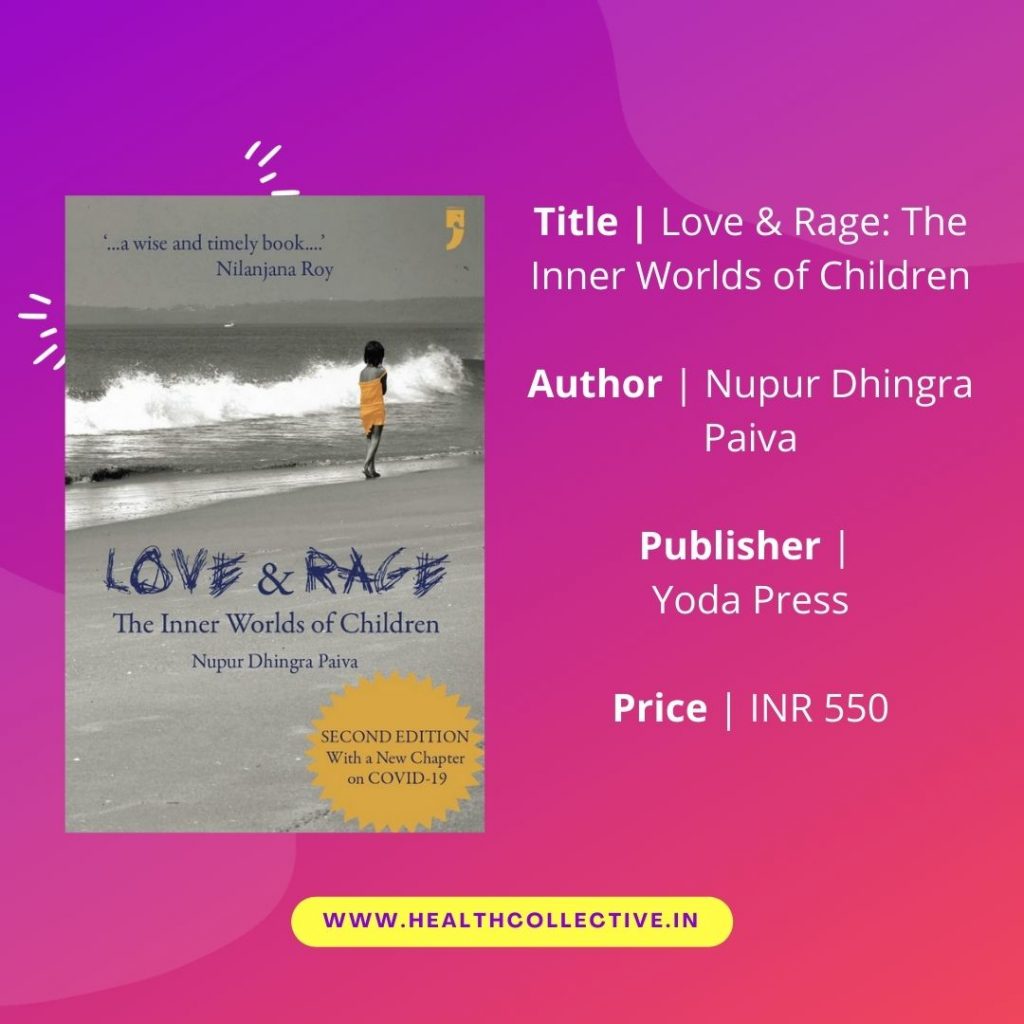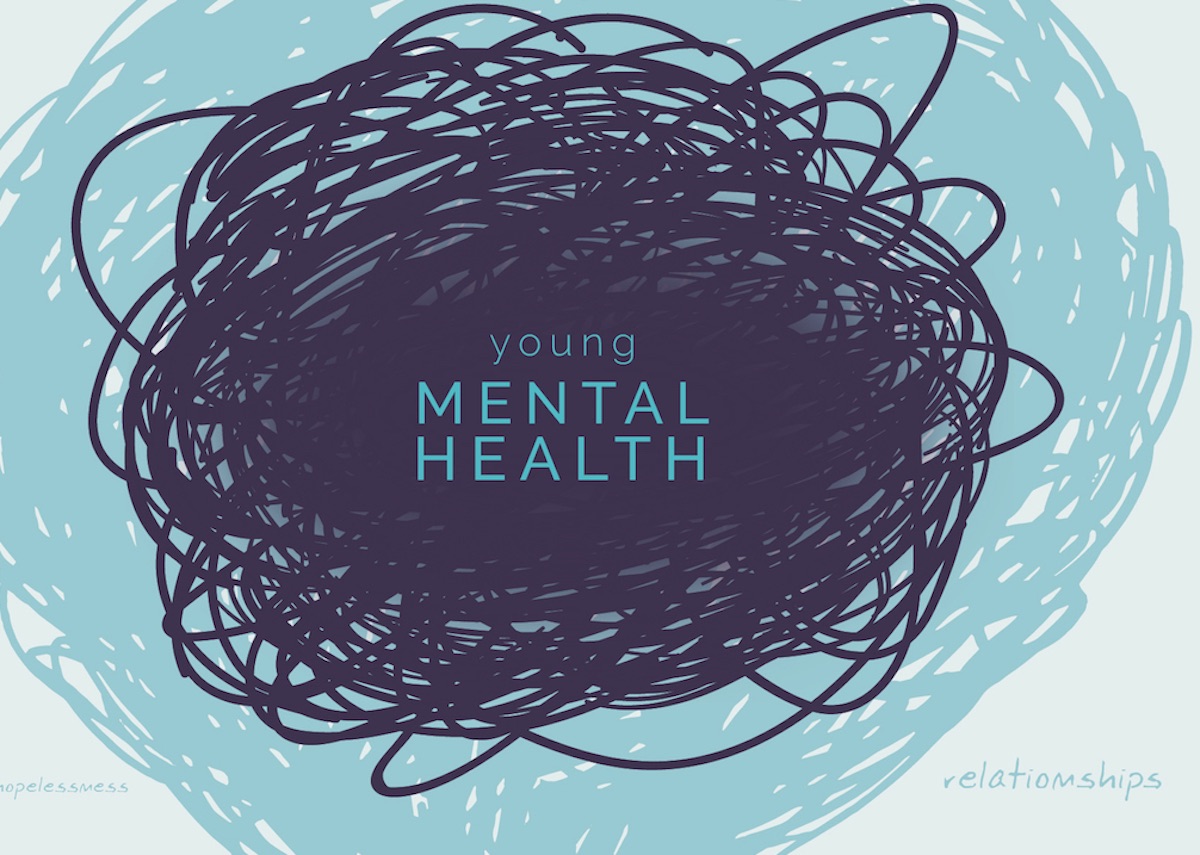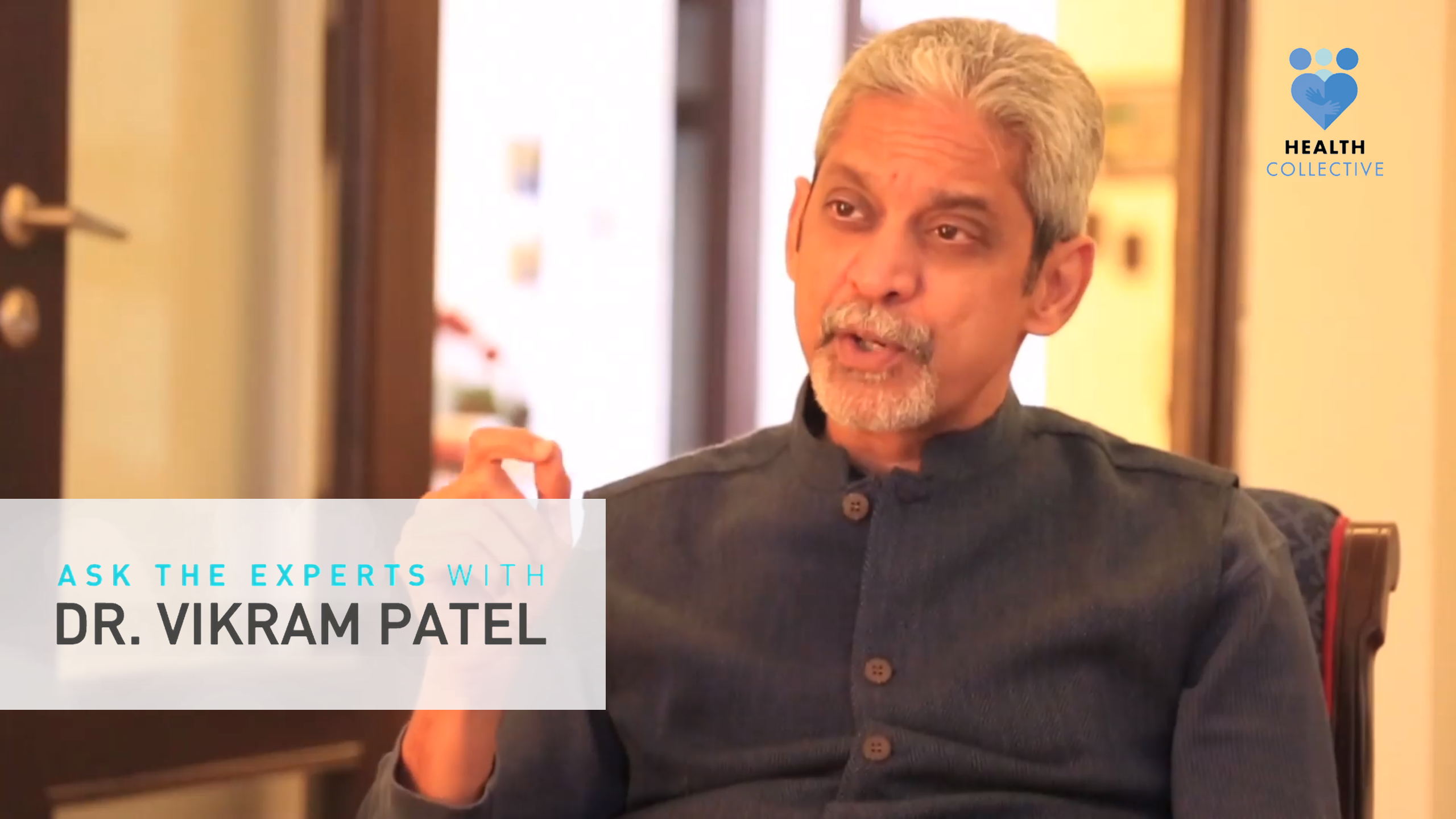Three Years Of Pandemic Living: The Kids Are Not Alright
By Nupur Dhingra Paiva
The following is an excerpt from the book Love and Rage: The Inner Worlds of Children. This has been excerpted with permission. Do check out an interview with the author, psychologist Nupur Dhingra Paiva.
2020-21 has been revealing. It has revealed so much of what lay hidden under the cover of productive activity, workplace objectives, targets and competition. The emotional world has made its presence felt.
Pre-COVID, our small-but-effective child and adolescent mental health team in New Delhi had a steady trickle of one new referral a week. Over the past months that has turned into a deluge, representing the increasing levels of anguish in families, led by the children, ensuring that our team had to return to work face-to-face, because emotional distress does not engage too well over a digital medium.
In many cases, the tides of children’s emotional lives had numerous outlets in ‘normal’ times, and parents could get by thinking of them as merely niggling worries: the occasional scratch the child inflicted on themselves, the occasional nightmare, or the occasional sibling squabble. These could no longer be ignored when everyone was together at home for months. Strained relationships could no longer be avoided, resentments and rivalries could no longer be hidden, and ‘teenage angst’ could no longer be a dismissive depiction. After all, we are in lockdown with our feelings.
There is a pattern to the forms of distress we are seeing: a six-year-old fears earthquakes and is constantly anxious, unwilling to let a parent out of sight. A 9-year-old is afraid of death, troubled by events in other parts of the world where people have been killed. A 12-year-old fears losing loved ones; another is preoccupied with her appearance, smoothening her hair many times a day, scrutinizing her face for blemishes. Many moody, quiet, reclusive 13-year-olds are spending hours on a screen, their world reduced to 13 inches, supposedly at school but navigating to websites far-far-away. The boys’ locker room incident that received so much public attention in the summer of 2020 could also be seen as an example of young people’s sexuality and aggression emerging—through misogynistic, hateful talk. Hyperactive, angry children, unable to hear ‘no’, unable to sit still. Others who are smoking cannabis and using alcohol or pornographic material and gaming to tranquilize themselves.
We don’t all experience or process distress in the same way.

There are differences in how our children’s distress shows up depending on their age, temperament, developmental life stage and previous history. In many cases we find that the current situation only exacerbated or unearthed an existing problem that the family was papering over. It would be foolishness to believe that ‘the kids are alright’.
A 7-year-old boy was brought in by his parents saying he was being explosive. He was experiencing immense rage towards a loved aunt who was leaving to go back to her country of residence after the lockdown lifted but underneath that explosion was a massive fear of losing her, that she won’t come back. This fear of loss was pushing out as explosions where he would shout, cry and throw things.
In many cases where parents are now working from home, the lines between office hours and family time have blurred.
Activities like reading that were an integral part of bedtime routine pre-Covid, have fizzled out for 10-year-old Rahul, for instance, since everyone is home and ‘spending time’ together all the time. As far as Rahul is concerned, he has less quality time now with his parents. This makes him angry with them and brings on anxiety. Resumption of the bedtime routine of reading/pillow fights and having honest conversations around who misses what parts of their lives pre-pandemic/ acknowledging loss without masking it under ‘we could have had it worse’ has subsequently helped relieve Rahul’s symptoms of screaming and crying.
For 6-year-old Ketan, on the other hand, the initial phases of lockdown proved to be a relief for some time wherein anxiety symptoms disappeared because now he knew he had his parents at home and they kept him close. This changed, however, as the world opened up somewhat in winter 2020 and his symptoms returned with greater intensity coupled with the fear of loss and death.
15-year-old Smriti was struggling to deal with the loss of school/peer relationships/post-school activities and being forced to be privy to familial dynamics. The change in situation came as a shock to her, almost as though she was getting to know her parents up close for the first time. Her parents too were meeting this adolescent rebellious teenager after years; it was as though they had skipped seeing the progression toward adolescence in their child because external forces such as work commitments, schoolwork and after-school activities had kept them busy.
7-year-old Mili’s fears latched onto something concrete and identifiable: a monster she stumbled upon on YouTube. This made her afraid of the dark and so she ended up sleeping between her parents. She had experienced a series of losses during the pandemic—first her nanny had left abruptly to look after another child. Then Mili’s best friend of six years changed neighbourhoods. From Mili’s perspective, people she loved kept leaving. Her fear of the dark and ending up in her parent’s bed was a great solution to the original problem of loss; now she could keep an eye on her parents and prevent them from also disappearing.
What we are seeing in the clinic is representative of what is happening in some measure in every family, in every socio- economic stratum, in every community—with greater or lesser intensity. Not even a miniscule percentage of that gets attended to. We are sitting on a colossal time bomb of emotional distress that will blow up in our faces; anxiety, depression, aggression and self-sabotage, perhaps even suicide, will be the main symptoms.
This has been excerpted with permission. To buy a copy of Love and Rage: The Inner Worlds of Children, do enquire in your local bookstores or click here for an online link.

ALSO READ




Pingback: Love and Rage: What your Children May Need you to Know – The Health Collective India